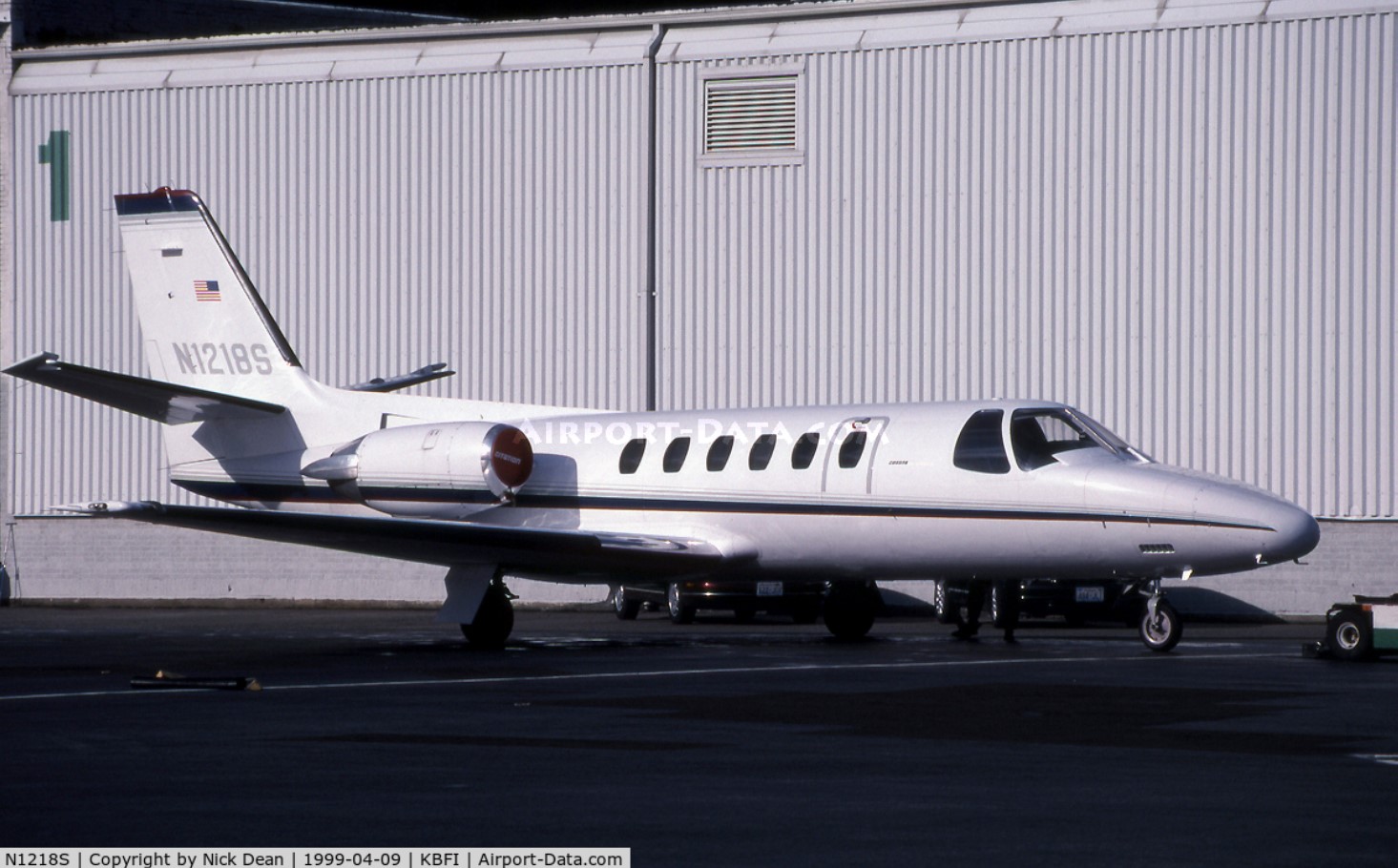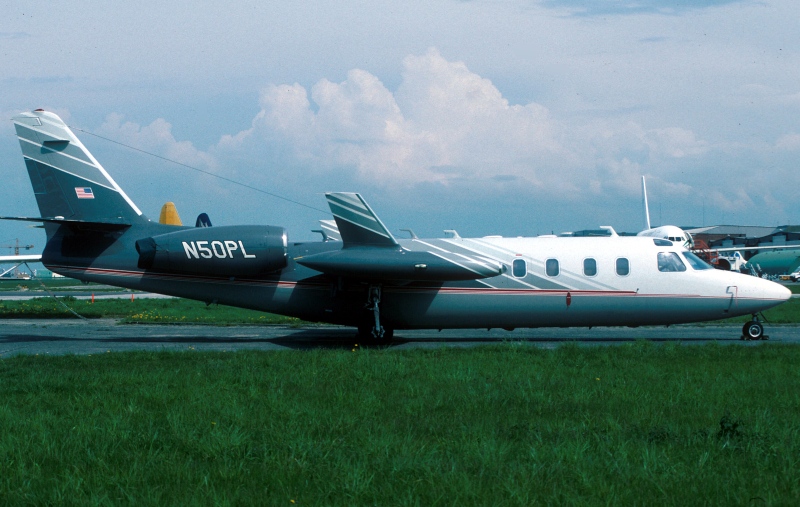Ground fire of an IAI-1124A Westwind II in Milwaukee
Date & Time:
Dec 26, 1999 at 0715 LT
Registration:
N422BC
Survivors:
Yes
Schedule:
Milwaukee - Waukesha
MSN:
302
YOM:
1980
Crew on board:
2
Crew fatalities:
Pax on board:
4
Pax fatalities:
Other fatalities:
Total fatalities:
0
Captain / Total hours on type:
2024.00
Aircraft flight hours:
7975
Circumstances:
During the activation of the crew oxygen system a fire erupted which consumed the entire pressure vessel. Representatives from the National Aeronautics and Space Administration's (NASA) Johnson Space Center (JSC), White Sands Testing Facility (WSTF), Las Cruces, New Mexico, examined the retained oxygen system components. Examination of these components revealed that the fire's initiation location was the first stage pressure reducer located in the oxygen regulator assembly.
Probable cause:
The failure of the first stage pressure reducer in the oxygen regulator assembly.
Final Report:






